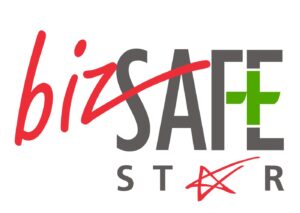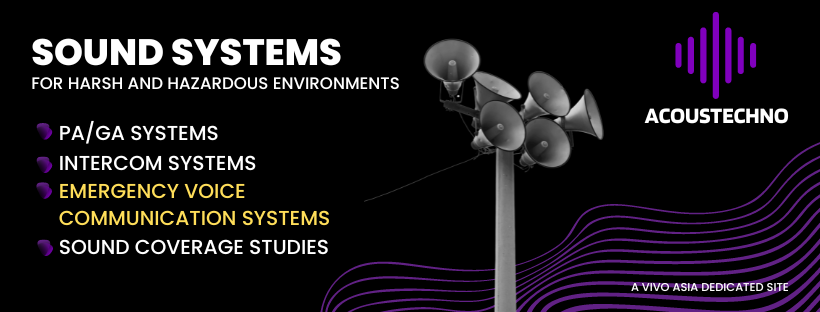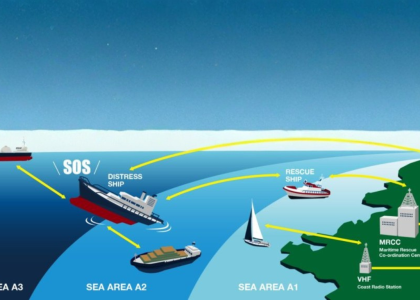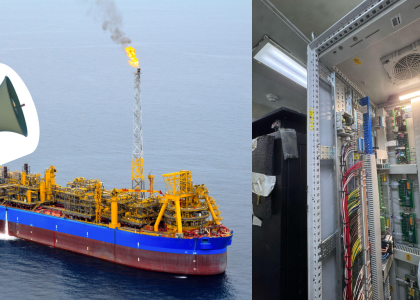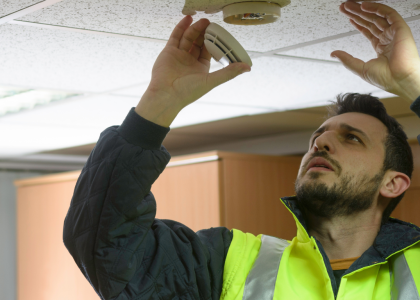In the high-risk environment of an oil field, effective emergency voice communication systems are crucial for ensuring the safety and security of personnel. These systems provide a lifeline during critical situations, facilitating communication across the site to trigger alarms, evacuations, or coordinate rescue efforts.
These systems typically integrate with Public Address and General Alarm (PAGA) systems, enabling communication across different zones of the oil field. The design must ensure reliability, redundancy, and coverage across all critical areas, from drilling rigs to control rooms and pipelines.
This blog will explore the key aspects of designing, installing, and commissioning emergency voice communication systems in an oil field, focusing on the technical and regulatory considerations that must be addressed.

Key Considerations in the Design Phase
01 Compliance with Industry Standards
In designing the system, adherence to industry standards is paramount. Some important standards include:
- NFPA 72 (National Fire Alarm and Signaling Code): Specifies the performance and installation of fire alarm systems, including EVCS.
- IEC 60268 (Sound System Equipment): Governs the technical specifications for audio systems, ensuring clear sound transmission.
- ATEX and IECEx: Directives for equipment used in explosive atmospheres, mandatory in oil and gas environments.
- SS 546:2022 (EVC Systems in Buildings): Code of practice for emergency voice communication systems in buildings by Singapore standards
02 System Redundancy
To mitigate the risk of failure during an emergency, redundancy must be built into the system. This includes duplicating key components such as control units, amplifiers, and power supplies to ensure the system remains operational even if one component fails.
03 Environmental Considerations
Oil fields are exposed to harsh environmental conditions like extreme temperatures, high humidity, and corrosive elements. Communication equipment must be housed in explosion-proof enclosures, especially in areas where flammable gases or liquids are present. Equipment also needs to be durable enough to withstand these conditions without compromising performance.
A well-designed system provides complete coverage of the oil field, including outdoor and indoor spaces, remote areas, and high-noise zones like drilling rigs. Speakers and microphones must be strategically placed to ensure clear voice transmission in all areas, with special attention to acoustic challenges posed by machinery and environmental noise.
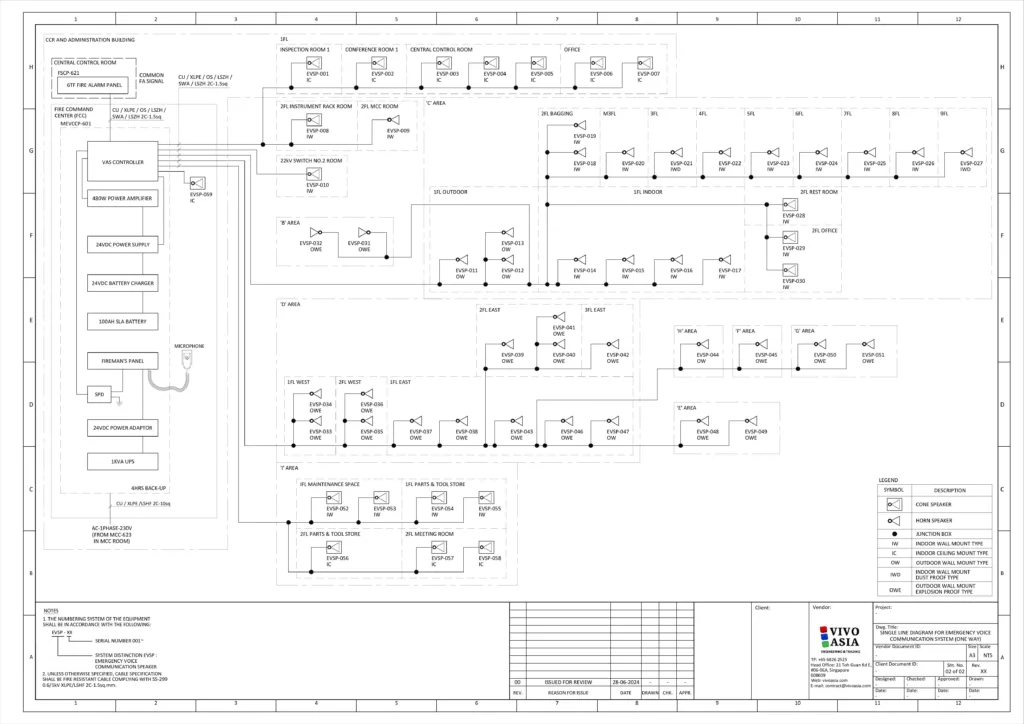
Installation Process
01 Site Assessment and Layout Planning
Before installation, a thorough site assessment is crucial to identify potential hazards, communication black spots, and areas requiring enhanced protection. The layout of the system will be based on the site’s geography, facility design, and operational zones. Key locations like control rooms, muster points, and hazardous areas will have dedicated communication endpoints.
02 Wiring and Equipment Installation
During the installation phase, wiring must follow strict guidelines to prevent interference or damage. Fiber optic cables are often preferred in these settings for their ability to transmit data quickly over long distances without signal degradation. Explosion-proof speakers, microphones, and control panels are installed in designated zones, with proper grounding and shielding to avoid electrical interference.
03 Integration with Other Systems
Emergency voice communication systems often need to be integrated with PAGA, fire detection, and access control systems for a seamless response during emergencies. This integration ensures that, when triggered, communication systems can automatically activate alarms or shut down hazardous processes.
04 Testing and Troubleshooting
After installation, the system undergoes a series of tests, including functional tests, sound pressure level (SPL) measurements, and coverage assessments. Testing ensures that voice communication is intelligible across the entire oil field, with no delays or signal loss. Troubleshooting is also performed to identify and rectify any issues.
Commissioning the System
01 System Validation
During commissioning, the system is tested against the original design requirements and industry standards. This involves testing the system’s redundancy, verifying speaker performance, and ensuring that the system integrates seamlessly with existing safety protocols.
02 Personnel Training
Once the system is validated, it is essential to train personnel on its use, especially those in control rooms and emergency response teams. Training ensures that users understand how to activate the system in case of an emergency and communicate effectively across the field.
03 Regular Maintenance and Testing
After commissioning, regular maintenance and periodic testing are required to ensure the system’s reliability over time. This includes scheduled inspections, component replacements, and upgrades as new technologies or standards emerge.
Talk to the Experts
When executed properly, these systems play a vital role in safeguarding lives by providing clear, reliable communication during critical situations. It’s important to get the right team on the job.
Team Vivo Asia has over 10 years of experience in the delivery of Emergency Voice Communication systems for offshore and onshore facilities, in compliance with industry regulations and standards.





